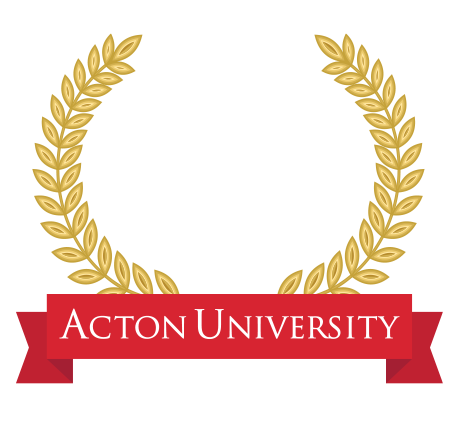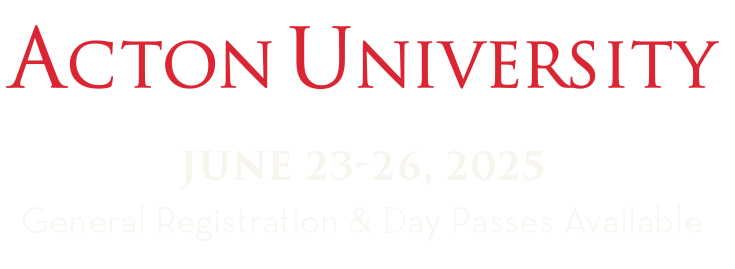In October, the Vatican released an 18-page document titled "Toward Reforming the International Financial and Monetary Systems in the Context of a Global Public Authority." Since then, it has been celebrated by advocates of bigger government the world over.
What's ignored is that the document—released to stimulate debate, not offer official doctrine—embraces a sound economic theory concerning the cause of the world financial crisis: the breakdown of the postwar Bretton Woods monetary system and the unleashing of fiat currencies and central-bank printing presses.
Let's look at a representative passage, while keeping in mind several important markers: 1971 was the year that the Nixon administration killed the gold standard, and along with it Bretton Woods and hard currencies; in the early 1980s, financial deregulation in many countries removed the last major barriers to virtually unlimited amounts of credit; and the 1990s was the decade when the drive to suppress interest rates became the common policy of central banks around the world. Since the 1990s, we have seen that money and credit instruments worldwide have grown more rapidly than revenue, even adjusting for current prices. From this came the formation of pockets of excessive liquidity and speculative bubbles which later turned into a series of solvency and confidence crises that have spread and followed one another over the years.
A first crisis took place in the 1970s until the early 1980s and was related to the sudden sharp rises in oil prices. Subsequently, there was a series of crises in the developing world, for example, the first crisis in Mexico in the 1980s and those in Brazil, Russia and Korea, and then again in Mexico in the 1990s as well as in Thailand and Argentina.
The speculative bubble in real estate and the recent financial crisis have the very same origin in the excessive amount of money and the plethora of financial instruments globally.
We went from a hard-money regime, in which there were restrictions on the power of central banks and financial institutions to create money and credit, to one where money became purely paper. There were no restrictions remaining on the power of governments to finance unlimited debt. Banks could create credit seemingly without limit. Central banks became the real power in the world economy.
None of this was true under a gold standard. That system limits the expansion of credit by an indelible physical fact. There was a limit, a check, a rule that went beyond the whim of financial masters and politicians.
But discerning the disease and finding the cure are very different undertakings, and here the Vatican document falls short. It imagines a new world central bank and political authority that will rule without "any partial vision or particular good" but rather seek "the common good." Its decisions should "be made in the interest of all, not only to the advantage of some groups, whether they are formed by private lobbies or national governments." Somehow, with an intelligence never before discovered in government bureaucracies, these proposed global authorities would create "socio-economic, political and legal conditions essential for the existence of markets that are efficient and efficacious."
Contrary to what is being said, this document presumes the existence and continuation of "free and stable markets." The problem is that the Vatican imagines that a "world central bank" and a "global public authority" can do this with more competence than national governments that have a checkered history in this regard.
It was centralization that caused this mess in the first place. Central banks created paper money, easy and limitless credit, and the moral hazard that accompanies them.
Many people who favor free markets worry about the implications of the Vatican document. And there is no question that it will be used around the world to stir up political mischief. It will also be used to convince the Catholic faithful that big-government solutions are morally justified. But let's not forget that there are really two parts to the document: the diagnosis and the prescription. We should embrace the former and eschew the latter.
This is adapted from an article that first appeared in the Wall Street Journal. Rev. Sirico is president and co-founder of the Acton Institute.







